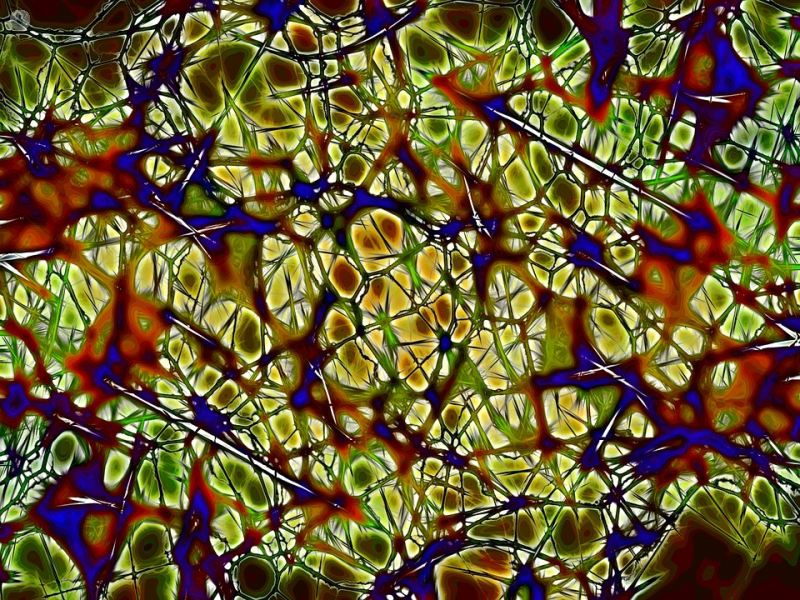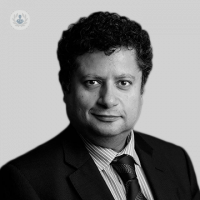Neuromodulation: nerve stimulation for chronic pain
Written by:Neuromodulation is a cutting-edge technique available in neurosurgery that promises to be a game-changer. It's an impressive method used for the treatment of certain neurological disorders such as Parkinson's disease, dystonia, tremor, severe pain, and headaches.
By using electricity aimed at certain parts of the brain, spine, or nervous system, neuromodulation aims to alter their functions, thus improving the quality of life of the patient.
As it can be customised to each patient's specific needs, a wide variety of conditions can be treated with this technique. It is also being used in experimental trials to treat depression, addiction, and dementia. Top neurosurgeon Professor Keyoumars Ashkan shares his expert overview of the different types of neuromodulation devices and which conditions they treat.

How has neuromodulation developed over the ages?
Electricity has been used to treat certain brain conditions for centuries. It has even been reported that electric rays were used for headaches as far back as the Roman Empire. Modern neuromodulation began to develop in the late 20th century with the production of electrodes and battery pacemakers, but the technology has come a long way since.
These days, neuromodulation systems can be implanted into the body and therefore internalised thus improving the overall results of the treatment.
What does neuromodulation involve?
The patient must undergo an operation in order to expose the desired area of tissue for treatment. Electricity is then delivered directly to this area via electrodes connected to a pacemaker inserted beneath the collar bone or in the abdomen.
As the device is implanted and, in many patients, permanently switched on, tailored treatment can be delivered continuously as long as the battery life permits. A fixed life battery lasts up to five years in the majority of patients, depending on how much current is needed in order to carry out the treatment.
When it runs out, the battery can be replaced by a fairly straightforward operation. Rechargeable batteries, however, can last several decades, but the patient must recharge every day or week according to usage.
What are the different types of neuromodulation?
The most common forms of neuromodulation are:
• Deep brain stimulation (DBS) – using electrodes emitting electrical impulses implanted in the brain, abnormal impulses or certain cells and chemicals within the brain can be regulated. DBS may be used for patients with Parkinson´s disease, tremor, dystonia, and intractable pain.
• Spinal cord stimulation (SCS) – recommended for patients with severe intractable pain, specifically chronic neuropathic pain such as failed back surgery syndrome or post-amputation limb pain, when other treatments have failed. A 50% improvement in pain symptoms has been reported by certain patients who use SCS.
• Occipital nerve stimulation (ONS) – this is a fairly new form of neuromodulation used to treat types of headaches such as chronic migraine or occipital neuralgia. If you have any further enquiries about neuromodulation, get in touch with a neurosurgeon.
To find out more about Professor Ashkan and the London Neurosurgery Partnership click here


